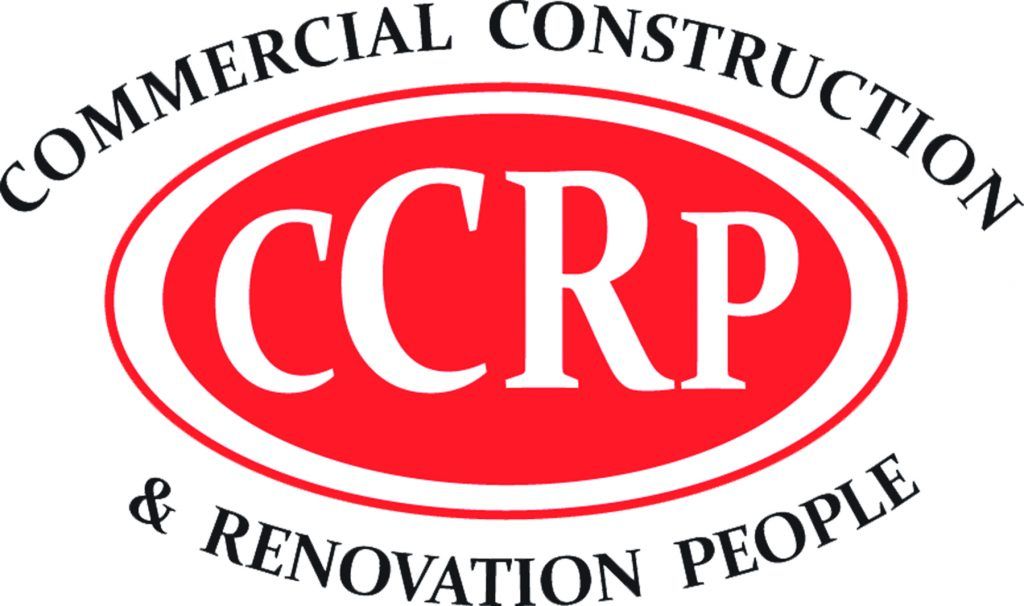Urban spaces are evolving at an unprecedented pace, and architects and designers are leading the charge in this transformation. From the design of cities to the materials used in their construction, these professionals are reimagining how we interact with our environment. As populations grow and climate change presents new challenges, urban planning has never been more crucial. The future of urban spaces lies in the hands of architects and designers, whose innovations are paving the way for a more sustainable, adaptable, and efficient urban experience.
The Role of Architecture in Shaping Modern Cities
Architecture plays a pivotal role in how cities function, interact, and evolve. As cities become more densely populated, the need for innovative designs that maximize space, improve functionality, and enhance livability has never been greater. Architects are focusing on creating spaces that are not just aesthetically pleasing but also efficient, sustainable, and conducive to social interaction.
Sustainable Urban Design: A Necessity for the Future
Sustainability is a major driving force behind modern architectural design. The impact of urbanization on the environment has prompted a shift toward eco-friendly materials and energy-efficient solutions. Architects are now integrating renewable energy sources, such as solar panels and wind turbines, into buildings and urban spaces. Green roofs, urban farming, and water recycling systems are being incorporated to reduce the ecological footprint of cities.
In addition to material sustainability, the design of urban spaces is focusing on reducing the carbon footprint through smart urban planning. Mixed-use developments, which combine residential, commercial, and recreational spaces, are becoming more common. This reduces the need for cars and promotes walking, biking, and the use of public transport.
Technological Integration in Urban Design
Technology is another key component in shaping the future of urban spaces. Architects are embracing new technologies, such as Building Information Modeling (BIM), to streamline design and construction processes. BIM enables architects to create 3D models of buildings that can be tested for structural integrity and efficiency before construction begins.
Smart city technologies are also revolutionizing urban spaces. Sensors embedded in buildings and infrastructure allow for real-time monitoring of energy usage, traffic flow, and waste management. This data helps optimize the functionality of cities and reduce inefficiencies, leading to a more sustainable and connected urban environment.
Designing for Community and Connectivity
Urban spaces are not just about buildings; they are about people. Designers are increasingly focusing on creating environments that foster community interaction and social cohesion. Public spaces, such as parks, plazas, and streets, are being reimagined to encourage social engagement and improve quality of life.
The Importance of Walkability and Green Spaces
Walkability has become a central focus in urban design. Cities are being redesigned to prioritize pedestrians over cars, with wider sidewalks, pedestrian-only zones, and bike lanes. This shift not only improves safety but also encourages healthier lifestyles, as people are more likely to walk or cycle when it’s easy and enjoyable.
Green spaces are also essential to creating livable cities. Urban parks provide much-needed respite from the hustle and bustle of city life, offering a place for relaxation, recreation, and social gatherings. Moreover, these green spaces help reduce air pollution, manage stormwater, and mitigate the urban heat island effect.
Mixed-Use Developments for a More Connected Urban Experience
One of the most impactful trends in urban design is the rise of mixed-use developments. By combining residential, commercial, and recreational spaces, mixed-use buildings encourage a seamless integration of work, leisure, and living. This design reduces the need for long commutes and promotes a more connected, walkable city.
Mixed-use developments can also enhance the vibrancy of neighborhoods. By bringing different functions into the same space, these developments create dynamic environments where people can live, work, and play without needing to travel long distances. This connectivity fosters a sense of community, where residents are more likely to interact with one another and build relationships.
The Impact of Urban Design on Mental and Physical Health
Urban design does not just affect the environment; it has a profound impact on the well-being of city dwellers. The way cities are planned and built can influence everything from mental health to physical activity levels.
Biophilic Design: Connecting People with Nature
Biophilic design is a concept that focuses on integrating natural elements into urban spaces to improve mental and physical health. By incorporating natural lighting, green spaces, and water features into buildings and public areas, architects are creating environments that promote relaxation and reduce stress.
Studies have shown that exposure to nature can have significant benefits for mental health, including reducing anxiety and improving cognitive function. In urban spaces, biophilic design creates a healthier, more calming environment for residents and workers alike.
Active Design for a Healthier Population
Urban design can also encourage physical activity by promoting walkability, cycling, and outdoor recreation. Cities designed with active transportation in mind make it easier for people to incorporate exercise into their daily routines. Pedestrian-friendly streets, dedicated bike lanes, and public parks are just some of the ways architects are creating spaces that promote an active lifestyle.
By fostering an environment where physical activity is convenient and enjoyable, urban design can help combat sedentary lifestyles and improve public health.
The Future of Urban Spaces: What’s Next?
As we look to the future, architects and designers are continuously exploring new ways to improve the functionality and sustainability of urban spaces. The rise of AI, automation, and robotics is likely to have a significant impact on the way cities are designed and constructed. These technologies will enable more efficient design processes, allowing architects to create buildings that are more adaptive, responsive, and sustainable.
Additionally, the growing focus on resilience will shape future urban spaces. Climate change and natural disasters are increasingly influencing urban planning decisions. Cities will need to be designed with the flexibility to adapt to changing conditions, such as rising sea levels, extreme weather events, and other environmental challenges.
Conclusion
Architects and designers are shaping the future of urban spaces in ways that are not only innovative but also essential for the well-being of city dwellers and the planet. By integrating sustainability, technology, community-focused design, and health-conscious elements, they are creating urban environments that are more livable, efficient, and resilient. As we continue to face new challenges, the role of architecture and design in shaping the cities of tomorrow will be more crucial than ever.
























